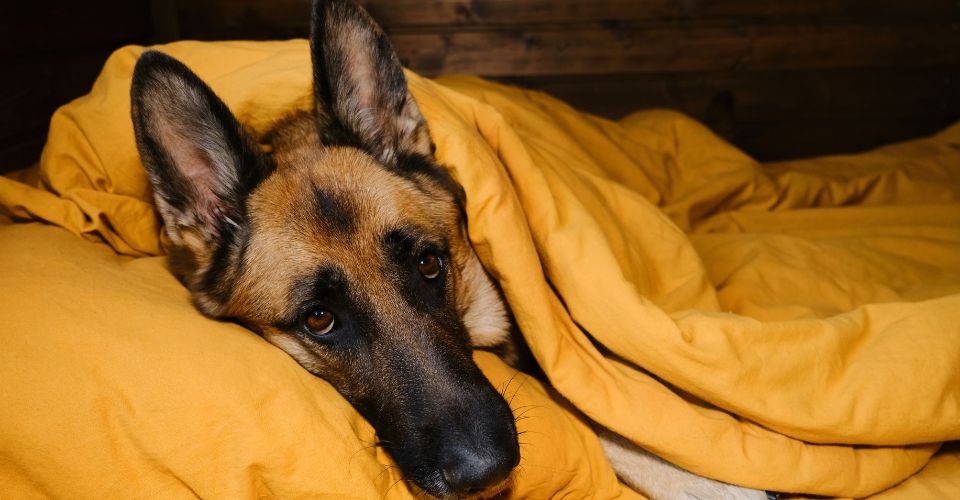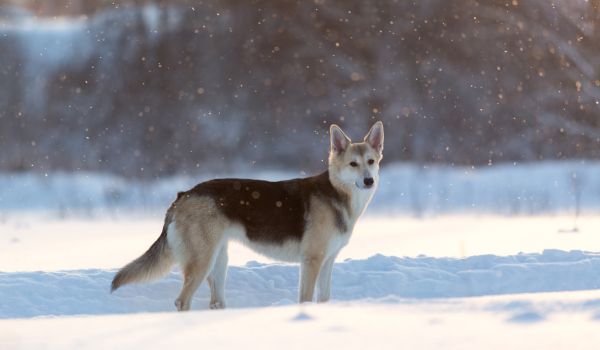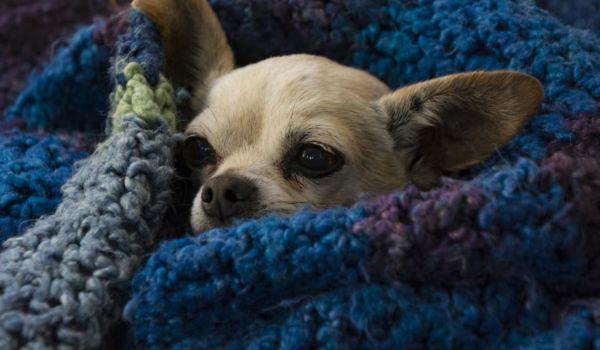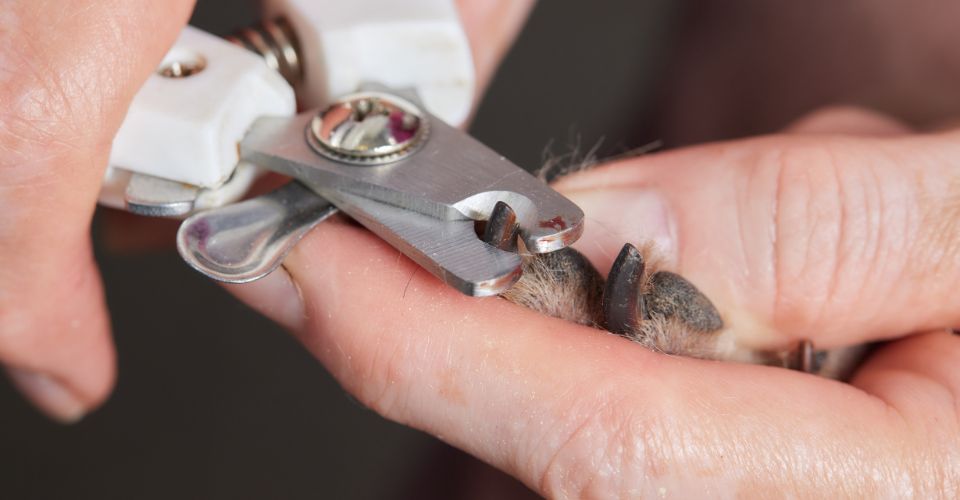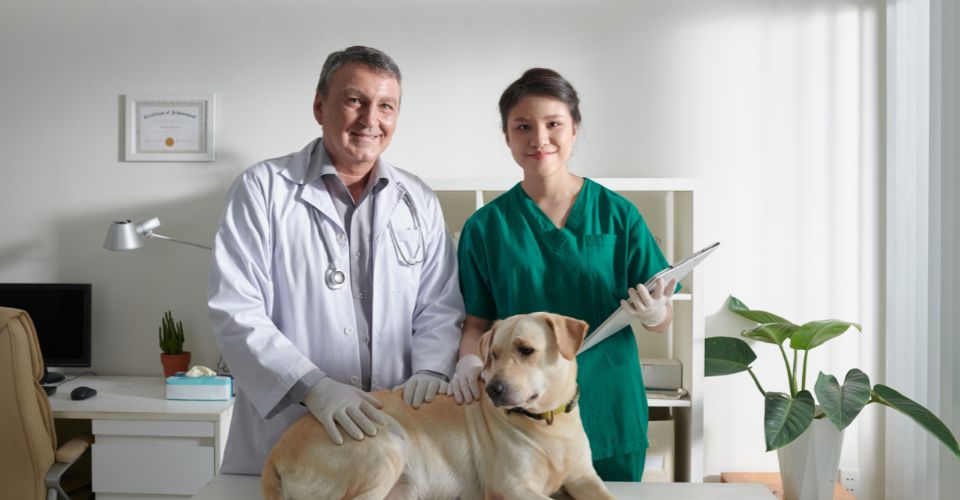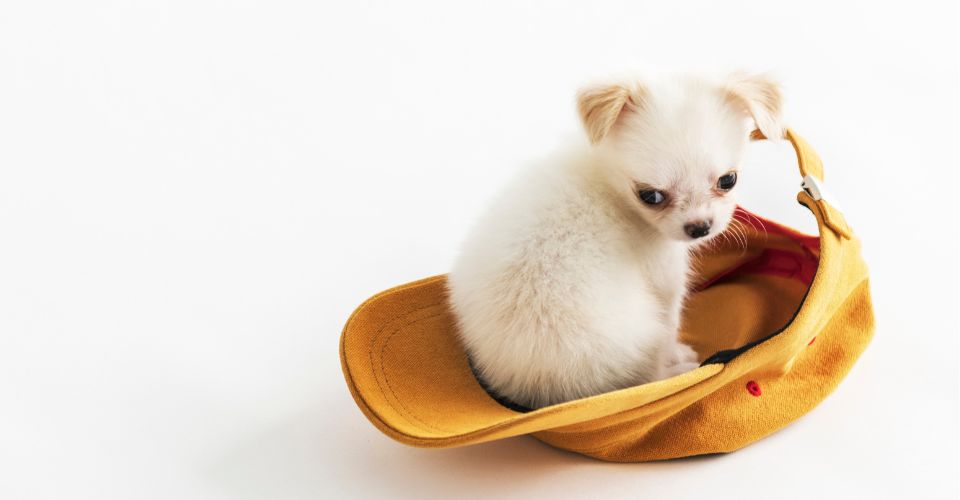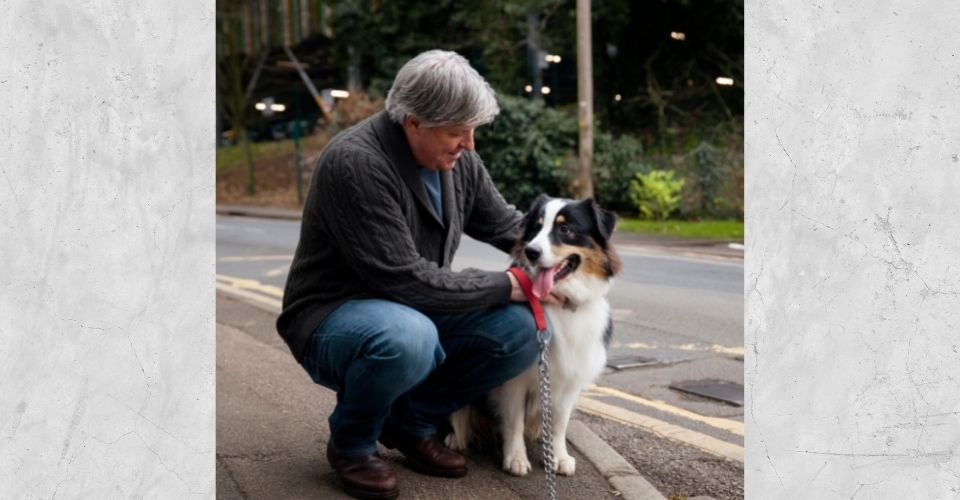It is winter in the northern hemisphere, the weather is chilly, and with Thanksgiving over, it is the official start of the holiday season. With all this merriment going around, families with dogs have different concerns.
Looking at the kennels with worry, they ask themselves, do dogs get cold at night? Sure, so many of them have an additional layer of coat to help them tolerate the season, but what if they still need help? Not to mention the breeds that may be more prone to feeling cold than the others.
Dive in as we explore all these issues and more, one by one.
Do Dogs Get Cold at Night?
Yes, dogs get cold at night, especially if they live outside and the temperature drops as the night progresses. Even the dog living indoors can get cold at night if their room is drafty and it gets cold at night. As a rule of thumb, if you are feeling cold at night without a quilt, probably your dog is feeling cold as well.
Typically, the chances of dogs getting cold are relatively slim in the summer. But some of them (hairless dogs such as Mexican Hairless and shorthaired dogs such as Dachshunds) are prone to getting cold relatively easily, even as the weather gets slightly cold.
Dogs living in their natural environment/habitat might not feel cold. But today, as dogs have become popular pets across the globe, many pups live away from the climate they were designed to be in. On top of that, the fashion of designer dog breeds has resulted in the creation of several breeds that are more sensitive to cold than others, such as Bulldogs, Greyhounds, Beagles, Chihuahuas, etc.
Despite their built-in protective layers, the dog might get cold at night. This is why, as responsible dog owners, we are supposed to provide additional protection against the cold to our dogs.
So, do your research and consult your vet to ask if your dog might be sensitive to cold. Look for signs of being cold in your pup and provide appropriate care, like providing a blanket, moving them indoors, and minimizing outdoor exposure.
Why Do Dogs Get Cold At Night?
The best way to address the concerns for dog welfare is to study the exact premise of the situation and devise an appropriate solution.
Season
The temperature drops at night, and it usually is fine. Your dog can happily rest in its outdoor kennel without feeling cold. But when it rains (sleet, snow, you name it), or the season starts to change, or when winter arrives, it could get too much to handle for your pup, especially the nights.
While cold tolerance varies from dog to dog, no healthy dog should generally have a problem until the temperature drops to 45° F. When the mercury drops to 32° F, puppies, seniors, and sick dogs, dogs with thin coats or temperature sensitivities will become susceptible to cold-related health issues if exposed for extended periods. And once the temperature drops below 20° F, dogs might start developing cold-related health issues like frostbite and hypothermia when exposed for longer periods.
Breed Susceptibility
Some breeds are better equipped to handle the cold than others. We have all seen videos of Huskies happily running around and playing in the snow. Thanks to their evolution in colder climates, these dogs grow a coat thick enough to brave a cold season. But smaller or less hairy breeds, such as the Beagle, do not have such natural protection and, therefore, need help. Some dog breeds more prone to cold include;
- Bulldog
- Greyhound
- Chihuahua
- Pug
- Poodle
- Great Dane
- Shih Tzu
- Beagle
The list is not exhaustive, and if you recently added a pup to your family, best discuss its welfare, including its sensitivity to heat and cold, with a vet. Similarly, flat-nosed or brachycephalic breeds of dogs are prone to weather extremes on either side of the spectrum. Therefore, these dogs should be kept indoors, particularly while exercising their limbs.
Age or Poor Health
Besides the susceptibility of certain breeds to cold, age is also a huge factor. Just as with humans, very young and older individuals are at a higher risk of temperature sensitivity. And it goes both ways, be it cold or heat. Dogs suffering from health conditions are just as susceptible to temperature/weather extremes and need additional care.
Late Outdoor Activity
The temperature starts dropping as the evening starts to take over.
So, even if you have acted responsibly and put up an appropriate-sized, cozy dog house for the pup to rest, but then keep the dog engaged in an outdoor activity when the temperature has started dropping to an uncomfortable level, your dog might still get cold. Therefore, you must ensure that your temperature-sensitive or at-risk dogs finish all their outdoor activities before the temperature drops beyond their comfort.
Signs the Dog is Feeling Cold
A cold dog is uncomfortable, and it will let you know with its body language and behavior. Here we discuss some of the most obvious tell-tale signs that your pup is cold.
- Shiver – No rocket science here; if the temperature is too cold for your dog’s comfort, it will start visibly shivering.
- Curl up – This pose conserves energy and helps the dog retain the warmth centered on its vital organs.
- Find Shelter – A pup attempting to gain access to a shelter is trying to seek warmth.
- Unwilling to Move – If you are walking the dog and it keeps stopping or tries to go back, it is feeling cold.
- Show Signs of Discomfort – Signs like a hunched posture, rigid body, and a tail tucked in can represent a dog feeling cold.
- Frostbite or hypothermia – In worst-case scenarios, the dog may display hypothermia, which is a drop in the body temperature or frostbite, most likely at the extremities.
Protecting Your Dog from Getting Cold at Night
By now, we know that dogs can get cold at night depending on the season, breed, age, health, or living arrangements. Naturally, the next thing you would want to know is how to protect them.
Get Them a Cozy Dog House
Even if averse to cold, some dogs can still be very happy living outdoors in their dog houses. The thing is, these need to be proportional to the size of the dog itself. Our furry friends need a space large enough to stand and turn around. Purpose-built, leak-proof, and appropriate-sized dog houses get warm easily. Too big and it will make it harder to get warm; too small and it will be uncomfortable for your pup.
Keep It Indoors
Since not all canines are created equal when it comes to bracing the colder weather, some of these are better off indoors. Allocate a nice, cozy spot for the dog to lounge and sleep in. Ensure that the room is not drafty or uncomfortable in any way.
Provide a Clean Bed & Blanket
Create an inviting and comfy space for the pup to relax. Get your furry friend a cozy and clean bed. The type of bed depends, again, on the breed and individual preference. But a raised bed technically minimizes the chances of getting cold. Add a blanket on top for additional warmth, and nicely tuck in your pup.
Thermal Pad If Needed
If it feels like the bed and blanket alone cannot do the job, add extra layers to make the doggie feel toasty. An additional blanket to layer the dog bed or a microwaveable thermal pad to the base could be useful. Options like heated beds are also available and may be placed in the doghouse outdoors or indoors, but they should only be used after discussing it with your vet. The trouble is, they do pose a risk of burning the pet should it not move quickly out of bed, shall it get too hot.
Warm Clothing
We have all seen people dress up their dogs and found it comical, but for some dogs, this is anything but amusing. Little dog breeds may need warm clothing like sweaters or booties to protect them from the cold.
Lesser Outdoor Activity
When the dog is uncomfortable outside, bring the entertainment inside. Play interactive and mentally stimulating games indoors to keep them engaged and protected from the cold. Another way to deal with it is to keep the outdoor exposure short and alternate it with longer indoor activity to maintain a healthy balance.
Final Words: Do Dogs Get Cold at Night?
Yes, dogs can get cold at night, possibly due to their breed’s susceptibility to colder temperatures, age (too young or old), cold weather, health issues, and late outdoor activities. Protect them with an indoor living arrangement, warm clothing, a cozy dog house, warm bedding and clothing, and less exposure.

